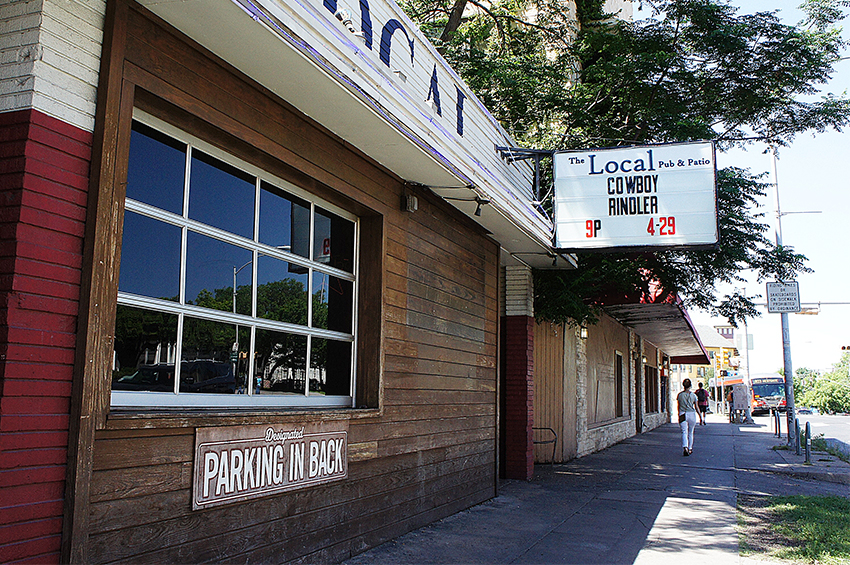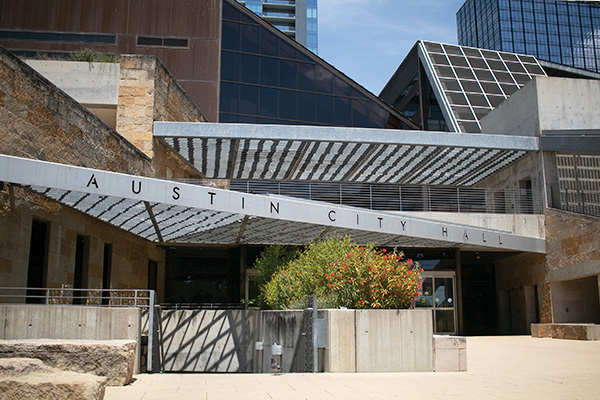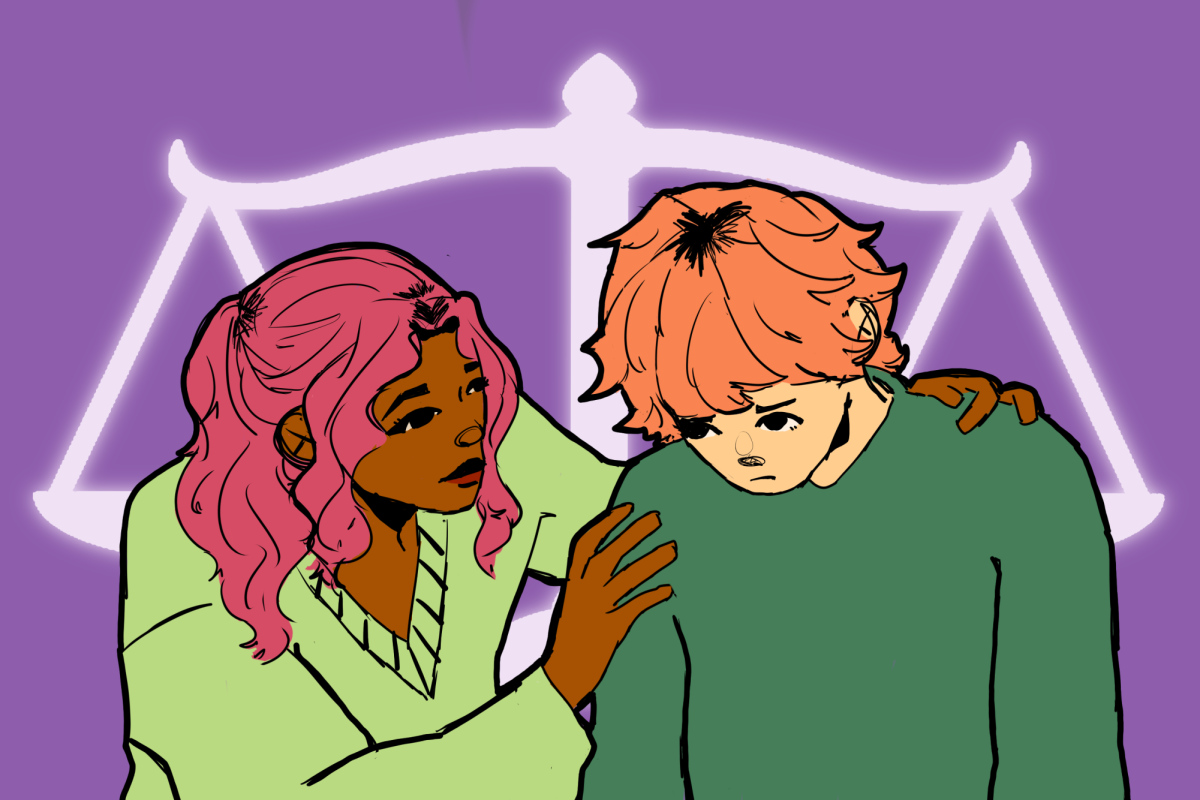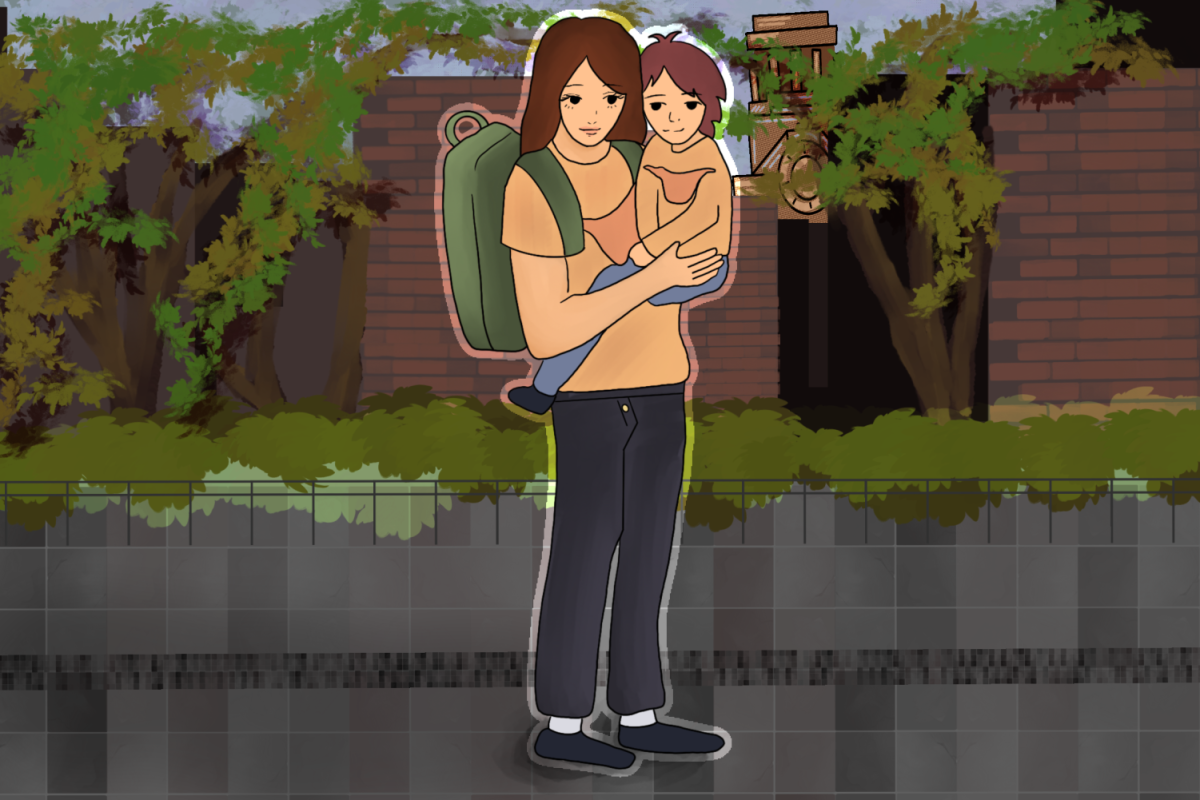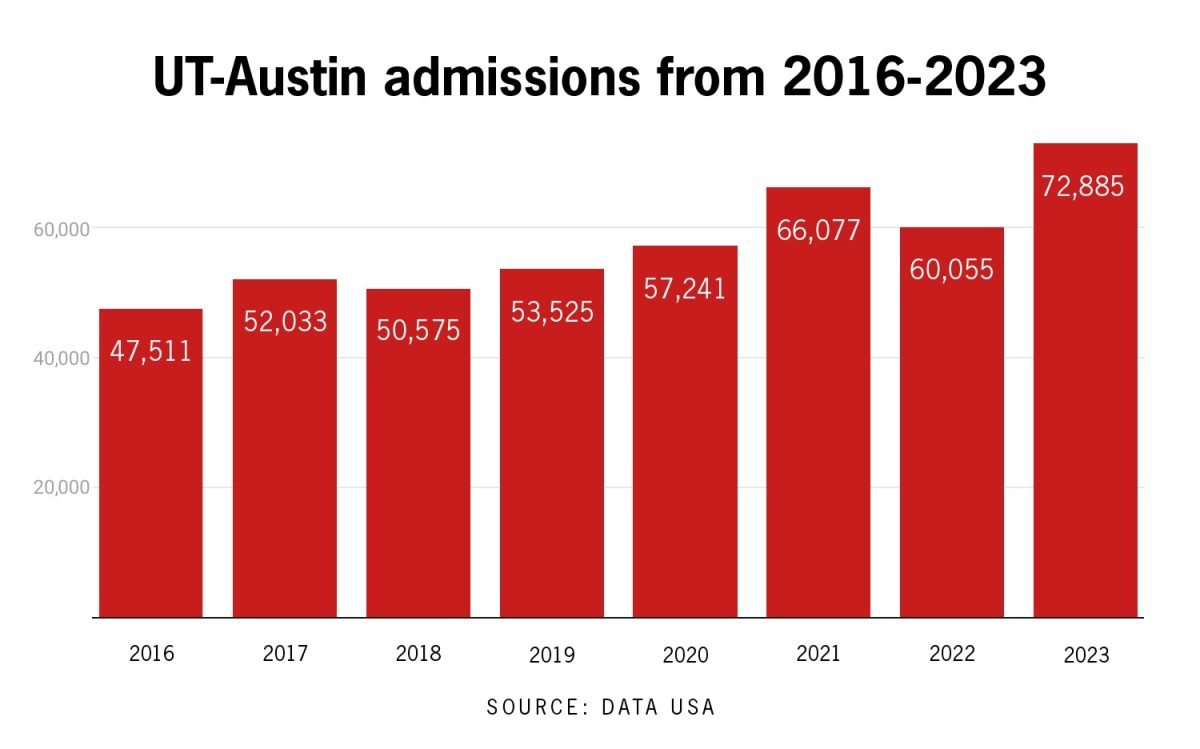Austin’s local bars, clubs and other mixed beverage establishments brought in about 2 percent more in total alcohol sales for the month of March compared to last year, according to recent tax data from the Texas Comptroller’s Office.
The 2 percent is from the March 2016 total of $70 million — which is 6.7 percent of each establishment’s gross tax receipt — compared to the $68 million from March 2015, according to a data analysis from the Austin American-Statesman.
With South by Southwest Festival activities, Rodeo Austin, Texas Relays and other big events, March is the busiest month in alcohol sales for many of Austin’s bars and nightlife venues, according to Kevin Lyons, press secretary for the comptroller’s office.
Symon’s Burger Joint, which opened in the new Urban Outfitter’s expansion last November, had its first taste of the sales boom brought on by March festivities, assistant manager Christopher Arias said.
“I would say March was our biggest month for alcohol, bar none,” Arias said.
For this year’s SXSW, Symon’s hosted day-long concerts for four days, noon to 9 p.m., with a total of 32 bands performing over the entire week.
“There was actually no venue or anything going on for SXSW last year, so it was pretty dead. Pretty much all business was centered around downtown and Red River District,” Arias said. “This March, we had humongous sales for alcohol and all sorts of food.”
Many of the city’s highest earning establishments for alcohol sales for March are situated along Sixth Street and in the Red River District, where students and visitors to the city frequent during the festival season. The top earning establishments for March include the J.W. Marriott hotel, Chupacabra Cantina and Stubb’s Bar-B-Q, according to the comptroller’s office.
In the lead-up to LEVITATION music festival, which is held at the end of April, some bands were unable to perform at the concert because of a cancellation at the last minute and instead ended up performing at Symon’s, providing the burger joint with a huge boom in business and sales, Arias said.
“We did about 300 to 400 times better what we do per day for alcohol sales just for that concert,” Arias said.
Radio-television-film senior Dana Summers said she went out to two bars along Sixth Street during SXSW, where the street was unusually packed with festival goers even while the sun was out.
“It was really busy, even in the daytime,” Summers said. “Normally Sixth Street is a lot more calm.”
The total in alcohol sales stems from two different taxes, one from the gross receipts tax from establishments and one from the mixed beverage sales tax imposed on the sale or service of alcoholic beverages from consumers, which is unavailable data for the public, Lyons said.
In January 2014, the State Comptroller’s Office changed its tax structure from where establishments are charged 14 percent to 6.7 percent of their gross receipts, Lyons said.
“The consumer who’s buying the liquor, nothing changed for them,” Lyons said.

